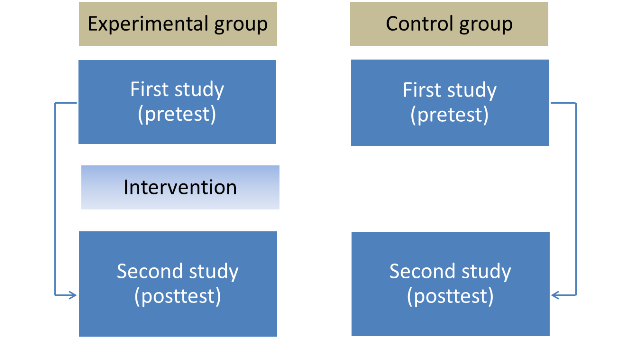Project 2 - Description of activities in the project
Assessment of prevention and treatment needs by estimating prevalence of HCV among IDUs population and identification of risk and protective factors
The key point for assessing prevention and treatment needs regarding IDUs population is estimation how big this population is and how is distributed across the country. Hence we need to estimate IDUs prevalence and HCV prevalence among them.
IDUs prevalence and HCV prevalence among IDUs will be estimated using two-stage procedure:
-
Conducting 10-12 local estimations
-
Extrapolating local results to the national level
Local HCV prevalence estimations will be based on data collected form problem drug users recruited using snowball approach. The IDUs prevalence will be estimated using benchmark method.
The study will employ two methods – collecting and testing saliva samples and collecting and analyzing standardized interviews. On average, 100 IDUs will be enrolled in each locality. It is expected to collect data from 1000 to 1200 people in total.
On the second stage, the results of local estimations will be extrapolated to the national figures using Multi-Indicator Method (MIM). The first step of this procedure involves identification of indicators which highly correlates with HCV prevalence among IDUs on the local level (ecological correlation). In the next step, based on the identified indicators, one factor is built (Principle Component Analyze). This factor is then used for calculation of national and local estimations using regression model. The national and local estimations seems to be necessary to determine scope of prevention and treatment needs.
The risk factors will be measured by questions of standardized interview. Analysis of responses will be focused on building multifactor model of HCV infections among IDUs. This model will be used as a starting point to develop prevention strategy and particular prevention program targeting IDUs.
Product of this stage will be a report that includes national and local estimations of HCV prevalence among IDUs and identification of infection risk factors in this group. The report will be published on the webpage. Additionally the main results will be published in a professional journal.
Developing National HCV Prevention and Control Strategy for the years 2015-2020 focused on IDUs and model HCV prevention program targeting IDUs
Before the process of program and strategy development is started the experiences in prevention of HIV and other blood born diseases will be reviewed and summarized with intention of identification of methods and conditions of successful prevention impact on health behaviors of IDUs.
Elaboration of program will be preceded by 25 focus groups with IDUs (15 focus groups) and persons involved in treatment and support services (10 focus groups). Moreover 30 in-depth individual interviews will be conducted with persons from the same groups. The aim of the focus groups and individual interviews will be identification of optimal information channels to reach target group (IDUs), the way of communication (language of transmission, methods of argumentation, and so on), as well as conditions of acceptance of prevention messages. The results of focus groups will be used as a basis for elaborating the best approach to reaching IDUs with prevention messages. Focus groups will provide also information on barriers in access to treatment and prevention measures. These information will be used for developing national strategy.
HCV prevention strategy focused on IDUs population will be a part of National HCV Prevention and Control Strategy for the years 2015-2020. Moreover it will be included into both National Program Counteracting Drug Addiction and National Health Program. Integration of HCV prevention into existing strategies and programs assures its implementation and sustainability in other localities .
Expected results of this stage will be:
-
National HCV Prevention and Control Strategy for the years 2015-2020 focused on IDUs
-
Draft HCV model prevention program targeting IDUs
Testing the model HCV prevention program addressed to IDUs
The Model program will be implemented as a pilot project in four localities differentiated according to their size as well as drug use and HCV prevalence.
Evaluation of the model program will be conducted following the design below:

The results of first study will provide baseline for this evaluation. The consecutive study will provide data for out-come and impact evaluation of the program. The evaluation will answer the question about effectiveness of the program and it’s possible limitations.
The consecutive study will employ also two methods – collecting and testing saliva samples and collecting and analyzing standardized interviews. At average 100 IDUs will be enrolled in each locality, hence 800 IDUs will be enrolled in total (400 in localities with intervention and 400 in control localities). Partially they will be the same people enrolled in first study (cohort approach), partially the new IDUs.
The data analysis will be focused on comparisons of results of second study with results of first study in localities with intervention and control localities. The differences in measurements of health behaviors and HCV status between changes in intervention group and control group will be considered to be indicators of program effectiveness.
Expected result of this stage will be final model HCV prevention program targeting IDUs (guidelines and prevention materials).
Dissemination of model prevention Program targeting IDUs
The guidelines how to implement the model program will be published and disseminated among drug treatment and harm reduction facilities. Additionally the model program will be popularized by publications in professional journals and in the internet. The model program will be presented at professional conferences as well.
The HCV prevention model program will also be included into National Program Counteracting Drug Addiction and National Health Program as recommended evidence based prevention tool.
The expected result of this stage is that most of drug treatment and harm reduction facilities will have access to HCV prevention program targeting IDUs.